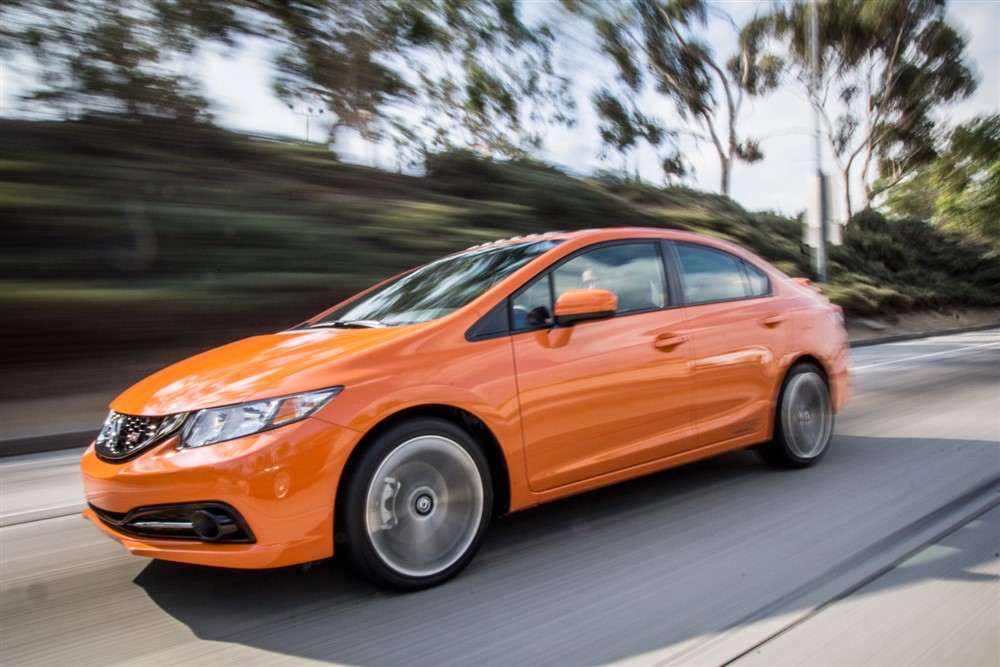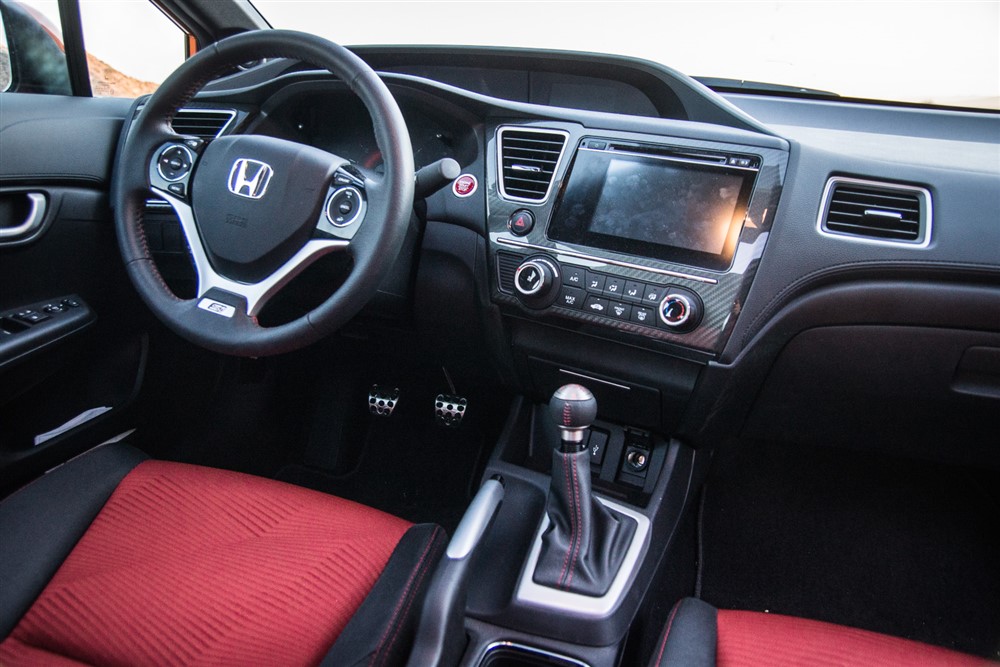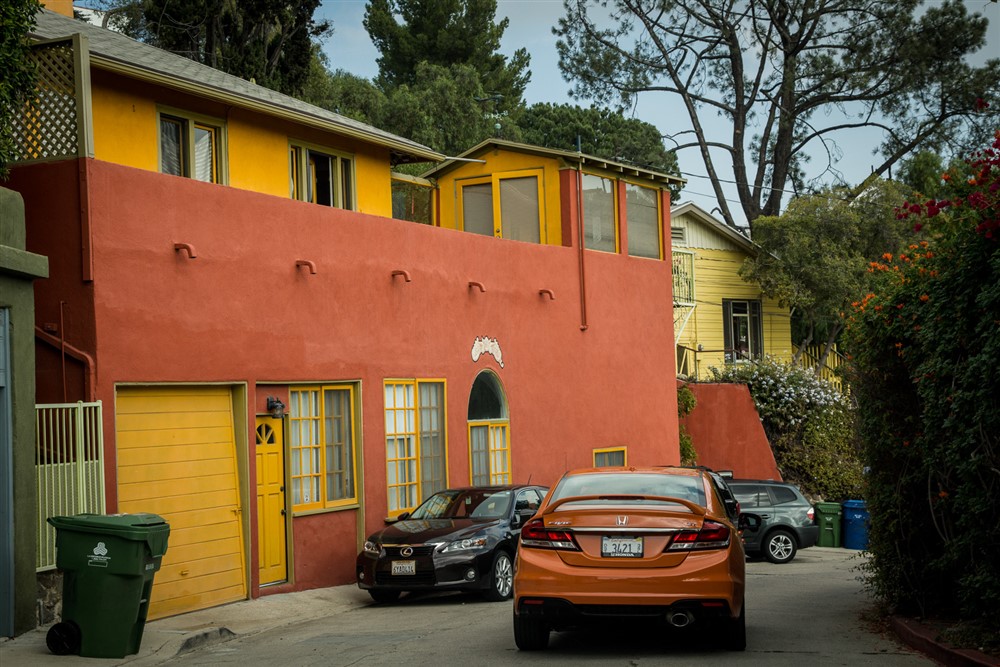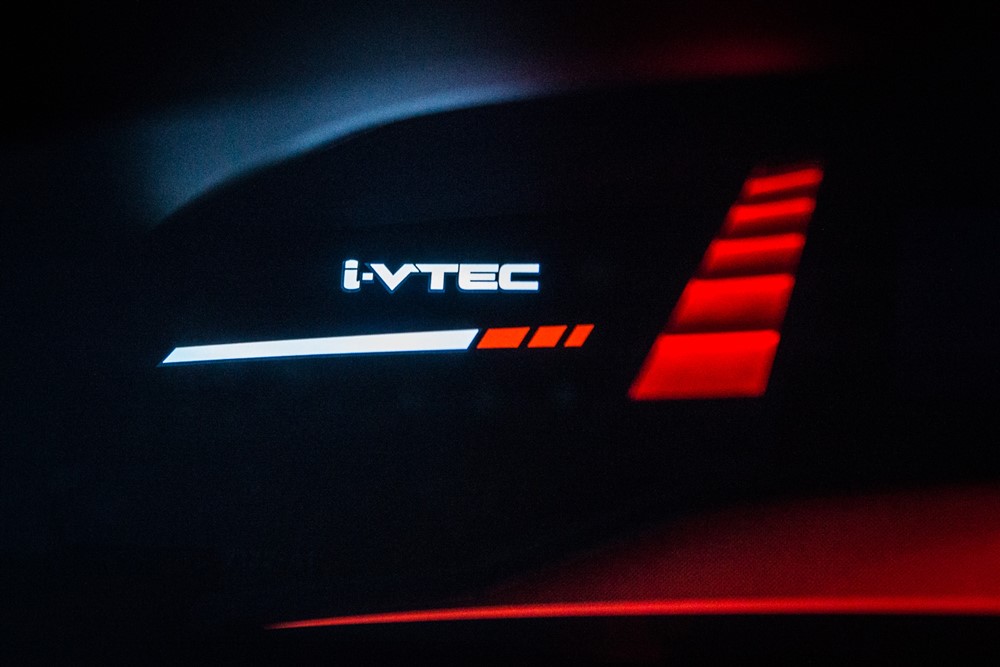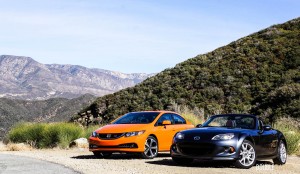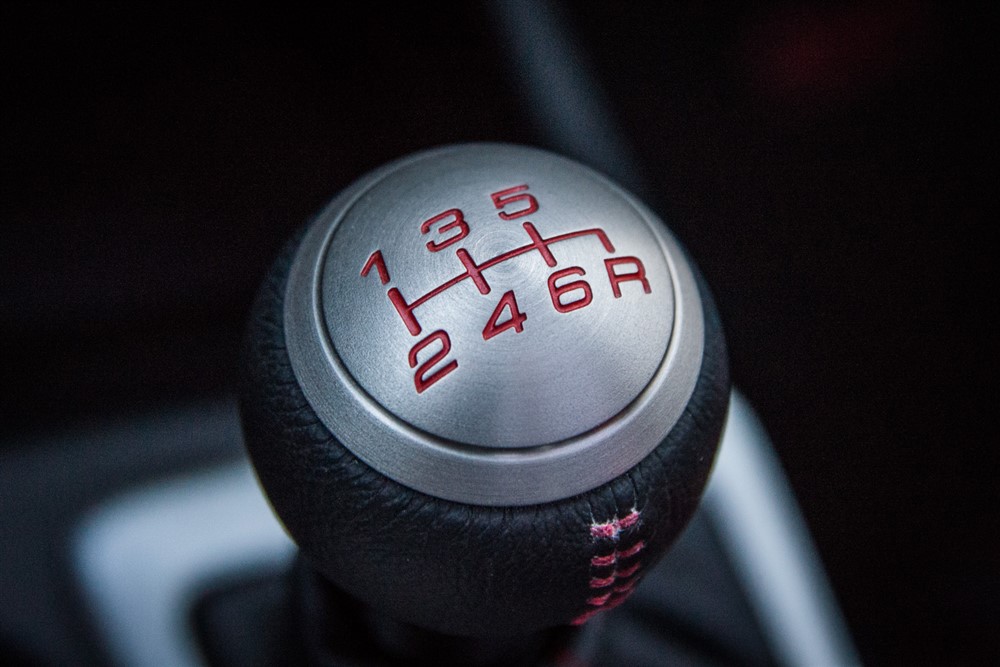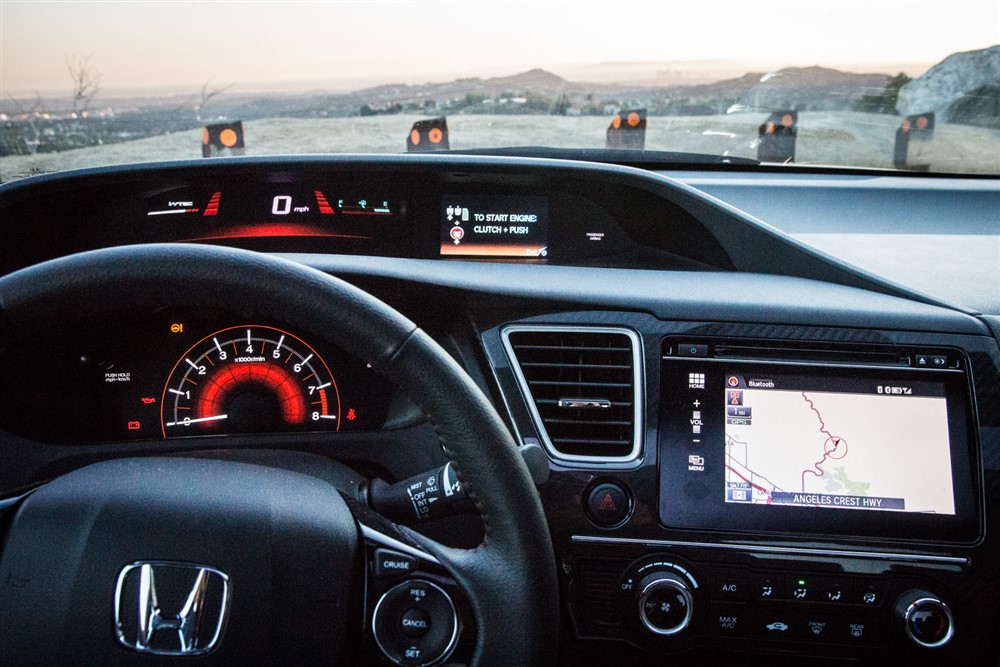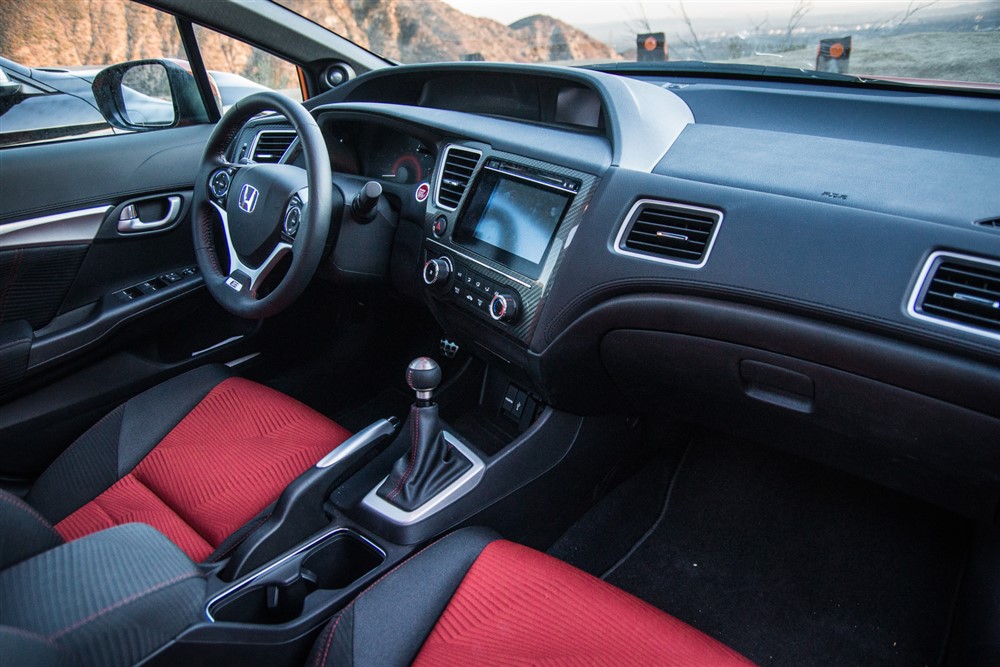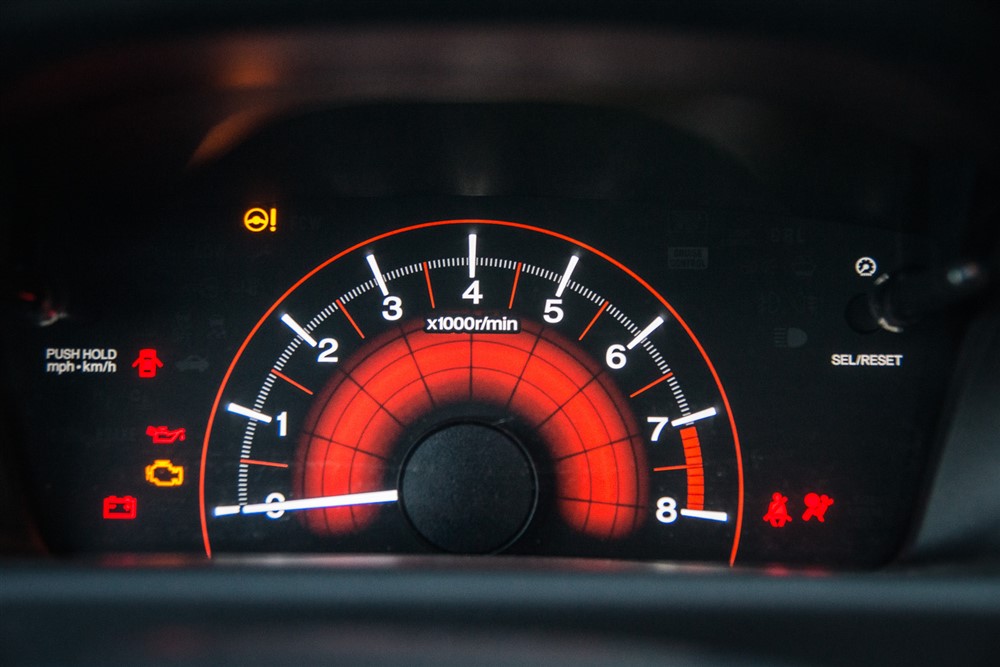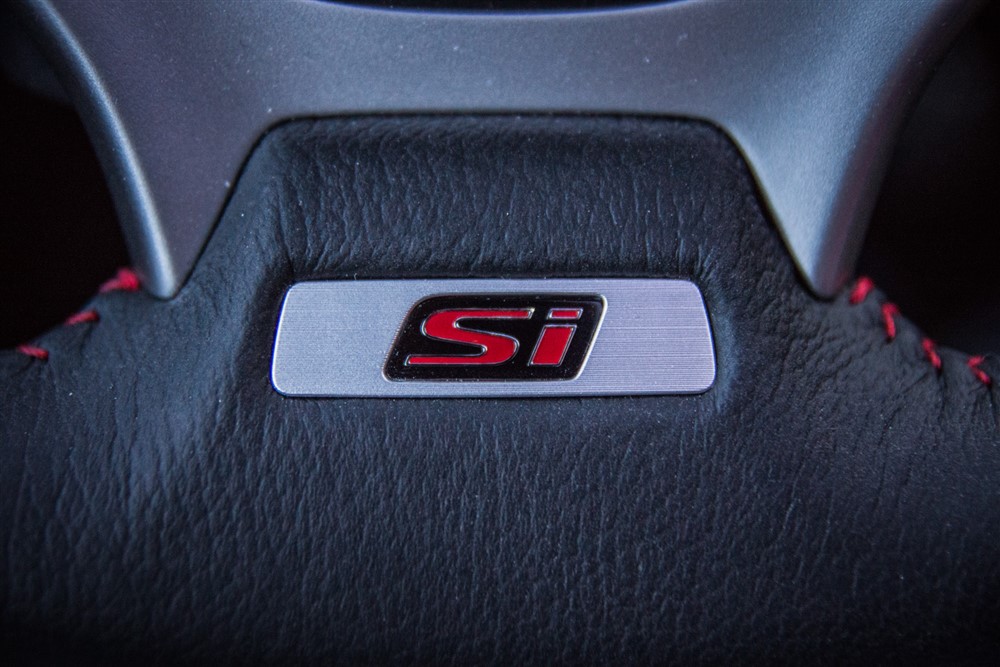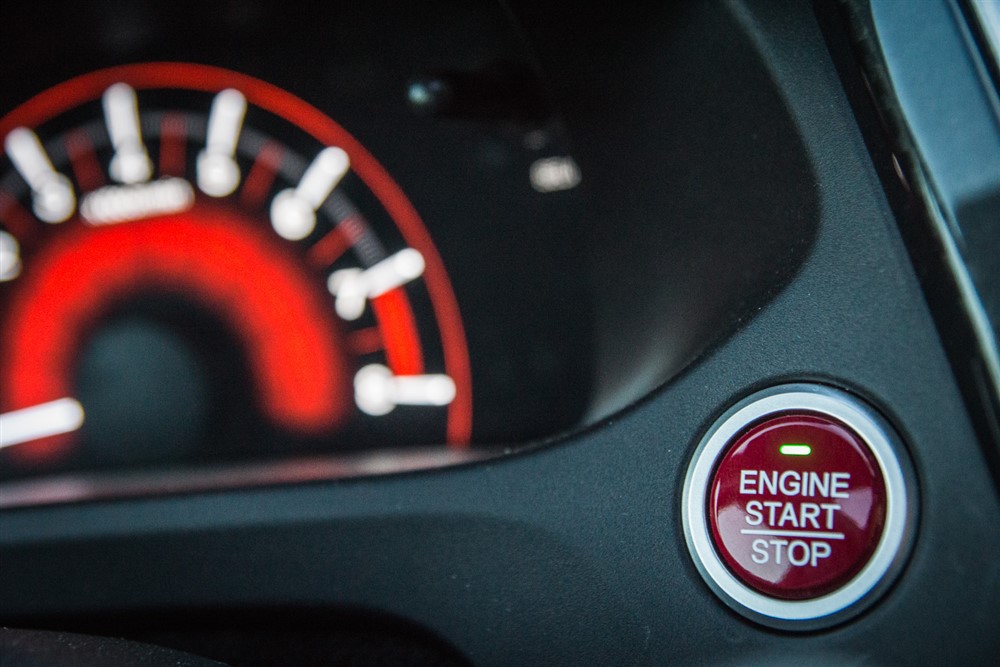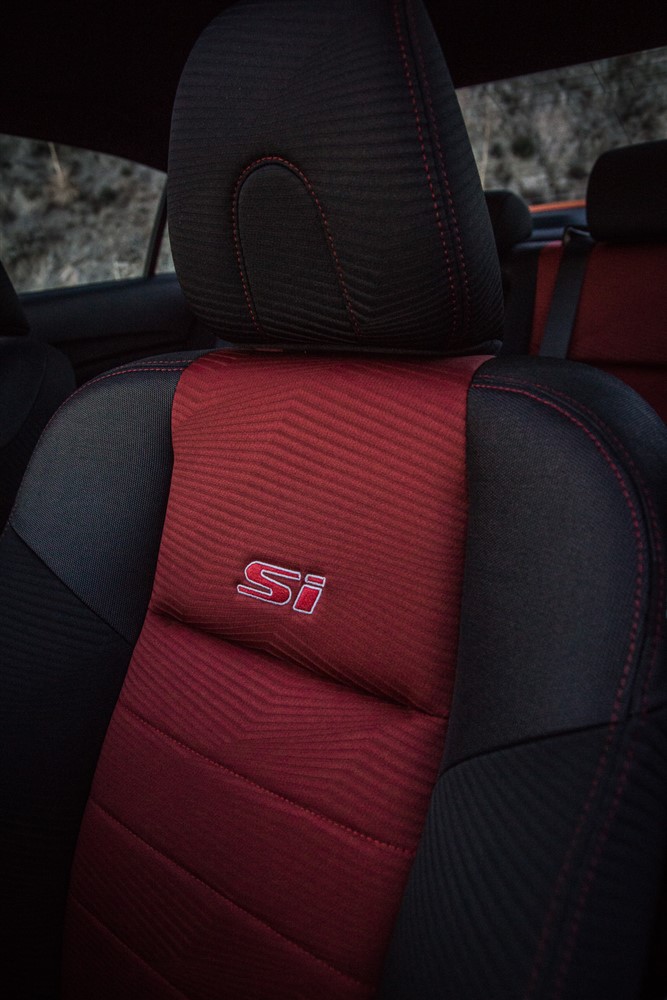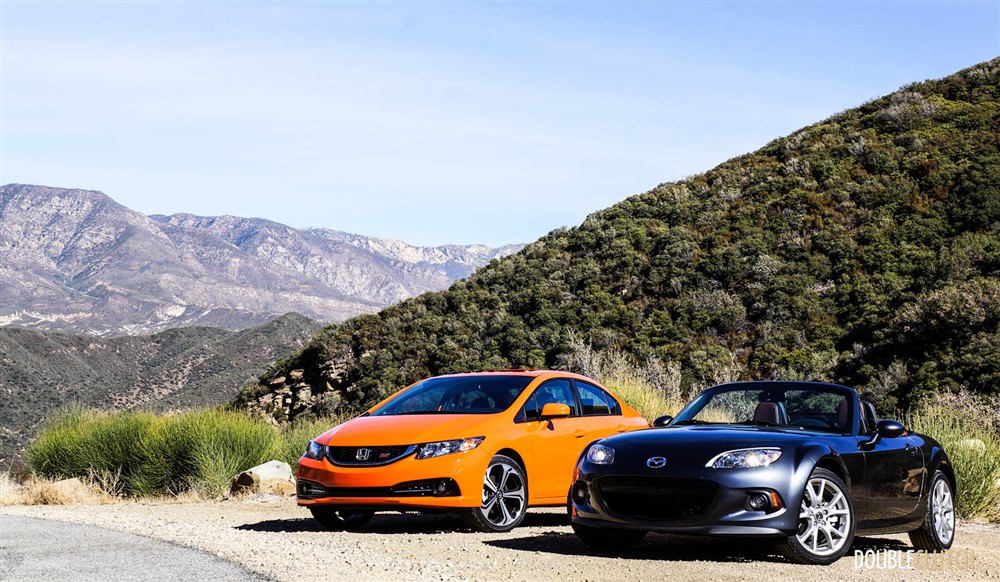Amongst the crew at the DoubleClutch.ca office, the Los Angeles Auto Show has become something to look forward to as we close out the year. New car launches have always been an important staple to our industry, but the show in sunny California brings just that to the table: sunshine. As the temperature in Toronto quickly plummets, why not jet away to somewhere warm? Many fly away to resorts in the Caribbean in order to prepare their bodies for the incoming Seasonal Affective Disorder usually associated with our long winters. For gearheads like us, a trip out to California is in order.
The LA Auto Show is really only on for two days for the media – a Wednesday and Thursday. With all the festivities being in the middle of the week, it’s easy to plan for real vacation time before and after. Everybody knows California for its excellent weather, wineries, traffic, and sheer size. Fewer people know that it is just about the best haven for automotive enthusiasts in North America. From the mountain ranges, to the proximity to the Pacific Ocean, California has a lot to offer. Simply seeing older cars roll around is a revelation in itself – most of them would have decayed away into a pile of iron oxide with the salt we have to use up here. To put it simply: California is car country.
Los Angeles and its extraordinary sprawl would be the base of our operations, considering the show’s location in the heart of the downtown core. There were four of us covering the show. We all packed for a week’s worth of touring, as well as the two full days of professional work. This meant that everybody would have a good amount of luggage, and any car we got would have to handle a lot of clothes as well as camera gear. Thankfully, Honda provided us with the subject of this feature: a very bright orange 2015 Honda Civic Si.
We’ve all seen Honda Civics before, having reviewed nearly every iteration of them available to us in Canada. However, this car is a little special: the shade of Orange Fire Pearl isn’t available to Canadian customers, despite the fact that the Civic is built right here in Ontario. I wasn’t even aware this colour existed until we were getting the car at Los Angeles International Airport. The bright orange does a great job attracting attention, day or night.
Aside from the US-exclusive colour, there are some more region-specific details that were a pleasant surprise. The Canadian Civic Si comes standard with heated cloth seats, as well as automatic climate control. Neither of these items are available south of the border. Satellite navigation and the up-level multimedia interface are also standard equipment on Canadian models. On the other hand, American Honda provides a summer-tire option for those looking to extract the most from their Civic Si. Our particular car came with all-season 225-section Continental ContiProContacts on 18-inch wheels.
The rest of the Honda Civic Si is made up of things we all love: the sweet and extremely flexible Honda 2.4L inline-four (good for 205 horsepower and 174 lb-ft of torque), the excellent shifter and clutch combination (with limited-slip differential!), and an aggressive exhaust note, all wrapped up in an extremely practical four-door package. Check out our reviews of the Canadian-market Civic Si for more specifics. The Civic did a great job swallowing up all of our luggage and gear, and there was still enough space for four, if we all needed to pile into one car for a night on the town.
We set out early one morning to beat the infamous LA traffic. Leaving the city, we set our destination to San Francisco. The quickest and most efficient way to get there would be to take the arrow-straight Interstate 5 up the middle of the state. However, this would not be any fun whatsoever. About 90 minutes west of LA is the town of Ojai. A small town of less than 10,000, Ojai is the gateway to California State Route 33. The first of our motoring adventures, the ascent to the tops of the mountains would be the first test of our cars.
Both the MX-5, and the Civic Si can be described as “fun” cars, but both do it in their own special way. The MX-5 provides the raw experience of man with machine, all with the convertible top stowed away. The Civic Si is a little more insulated, simply due to its larger body structure, but as Honda often does, its driver’s interface is still a great thing to feel. Between the two cars, the Civic Si is the faster car in a straight line, with its useful torque output and high-rpm horsepower. Steering is light, but accurate, and the limited-slip does a good job keeping you pointed in the right direction as you exit a sharp decreasing-radius turn.
The key to these fun mountain roads is to respect them. Many of them are lightly-travelled and are one-lane in each direction for miles. Being unfamiliar with some of these routes, it is important to simply drive what you can see. Keeping your vision up and ahead, and your speed appropriate for the upcoming turn means cutting through a complex section will be safe, but also fun. Caution is the name of the game here. Simply sticking to the speed limit in many sections is great fun – some sections are surprisingly rated at 55mph. It’s also recommended to turn on the full headlight system – not necessarily for you to see during the day, but to be seen from a distance. Like I said before, vision equals safety. Lastly, staying on the correct side of the yellow line is crucial. It can be tempting to utilize more of the road for higher corner speeds, but having a car appear around a blind corner when you least expect it is not fun.
After completing the run up the Interstate 33 (approximately 60 minutes), we hit up the well-travelled US 101 to cover more ground. On the highway, both cars remained quite civilized. The MX-5 was happy with the top down, as long as you flipped up the built-in wind blocker between the two seats. The Civic was a great place to be as it ate up the miles. The satellite radio and navigation were valuable assets – cell reception was little to nil in remote areas. Sixth gear in the Civic was long enough to bring down the revs at highway speeds, eliminating exhaust drone and improving fuel efficiency.
Our next assignment would be to check out California State Route 25. This highway doesn’t cut through any mountain passes, but rather it follows the geographical features of the San Andreas Fault. Elevation changes aren’t massive, but overall speeds are a little higher here, and there are a ton of nicely cambered corners to toss the car into for an hour of maximum attack and maximum fun. The gently rolling hills in the distance on both sides of the road offer a great backdrop for a picture, or two.
We eventually made it to our destination in San Francisco. Everything you’ve heard about the hills, chilly weather, and density, are mostly true. While San Francisco is often known as a city you can explore on foot, we elected to stick to our wheels. The hills were no match for the Civic, with its hill-holder assist function – rolling back on the steep hills was not an issue. The tourist trap that is Lombard Street is a must-do, with its brick surface and eight tight hairpin turns spanning one city block. Driving across the massive and impressive Golden Gate Bridge and nearby Marin Headlands are nice to check off. We enjoyed our whirlwind one-day tour of San Francisco, but it was time to start heading back south towards Los Angeles.
While it’s only about five-and-a-half hours to Los Angeles if you take Highway 5, we elected to get up bright and early and take the Pacific Coast Highway. Since it was Tuesday, most of the daytime traffic would be fairly light. Highway 1, which it is also known as, can get downright frustrating on the weekends with tourists casually rolling up and down the coast with their camera phones clicking away, neglecting to use the turn-offs so other motorists can get by. The PCH isn’t much of a road to have fun on, it’s more of road to cover at a relaxed pace, with the top down (in the MX-5), and music blasting as you look out at the Pacific Ocean. Taking the scenic route took us about eight hours in total. We settled in Los Angeles just in time for the auto show to start.
After the hustle and bustle that is the LA Auto Show, we were looking for a way to unwind. It turns out that the Angeles National Forest, which forms the natural geographic boundary north of Los Angeles, is home to an amazing road, literally on the outskirts of town. The Angeles Crest Highway (also known as Highway 2) is about sixty miles of seemingly endless twist and turns, as well as massive elevation change (up to 7,900 feet). Like most of the mountainous terrain we’ve covered, it is a very good idea to visit during the day. The sun sets quickly in November, and finding your way without natural light up in the mountains can be daunting. Finding snow at higher elevations was the most interesting part. The Angeles Crest Highway was so good that once we got to the east end, we turned around and went back the way we came. Covering both directions can take up to two hours, so be sure you have enough fuel. The fact that these roads are available literally just outside the city limits, is astonishing. The Civic performed admirably – I was getting accustomed to the slightly awkward pedal placement. Heel-toe downshifts in the Civic Si aren’t as easy as in the Mazda.
We were very sad to have to return these two cars at the end of the week. Both were remarkable dancing partners. All in, we covered over 1600 miles in seven days. The Civic Si in the US is rated at 22mpg in the city, 31mpg on the highway, and 25mpg in a combined cycle. We managed 28mpg (approximately 8.4L/100km), which is impressive considering all the fun we were having all week. Premium fuel is recommended, and the tank will accept 13.2 gallons, which works out to 50L in the metric world.
We loved the Civic because it did just about everything very well. While it lacked the open-top and rear-drive dynamics, it made up by carrying all our stuff and additional people around with space to spare, while still managing to put smiles on all of our faces. The bright orange was a good compliment to the Civic’s eager attitude. A woman walked up to the car at a red light and insisted on knowing more about the colour. This was a little unexpected at first, but her intentions were good. The bottom line we were all able to agree on is: neither car was the “penalty box”. Sure, a fancy supercar would have been fun, but not in the same manner of “do everything” excellence and usability we’ve seen from the two cars we had. Turning the LA Auto Show into a week-long vacation is something I can see more of in the future. We can’t thank Honda enough for this week.

